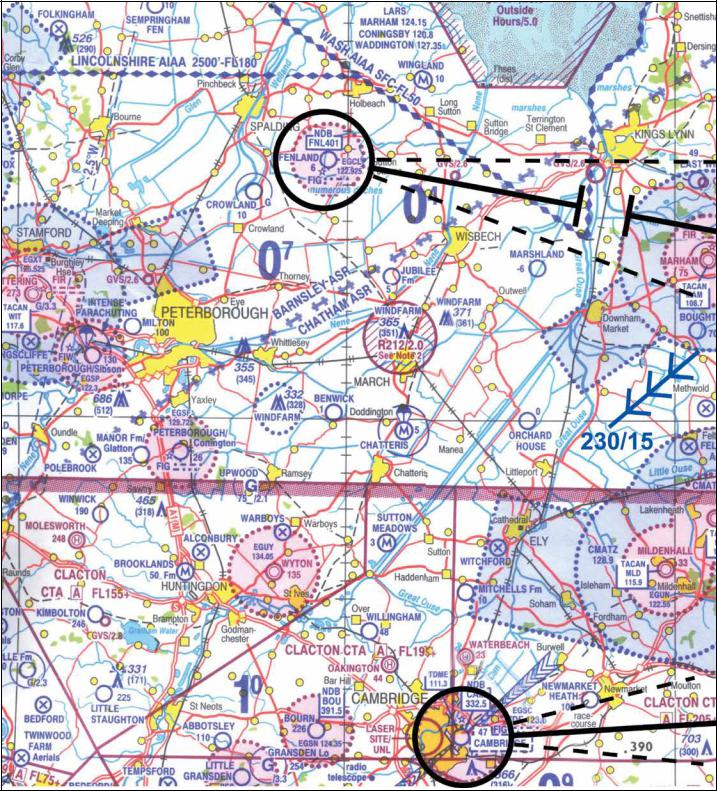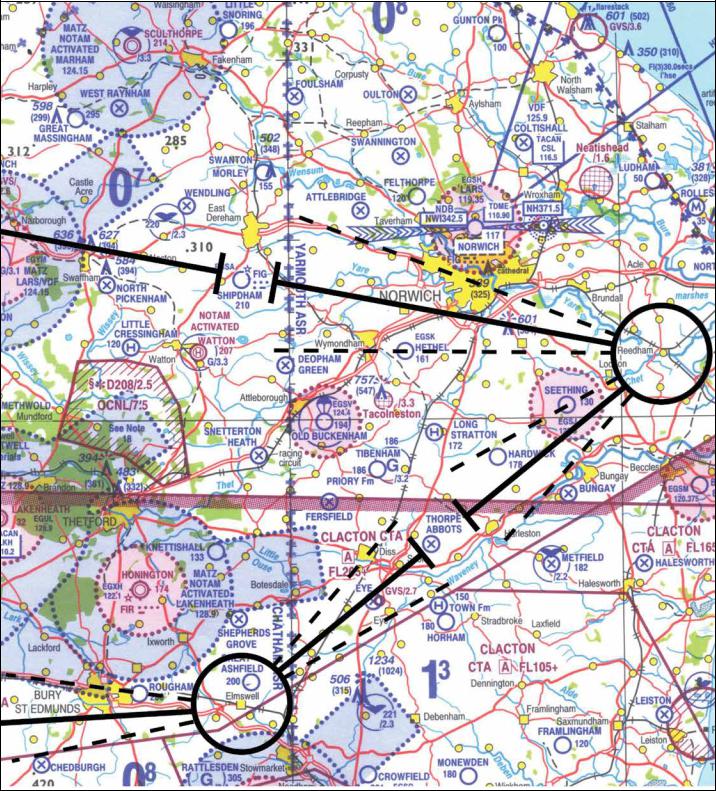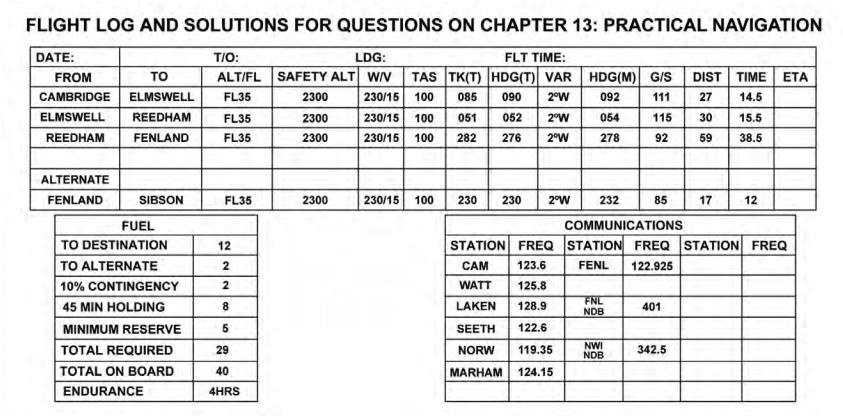Customer: Oleg Ostapenko E-mail: ostapenko2002@yahoo.com
ANNEX A: THE FLIGHT INFORMATION SERVICE
Being aware of your responsibilities in this field will help you attain that level of proficiency. Here is a list of some of the responsibilities of a VFR pilot when receiving a Flight Information Service.
•Prepare each flight thoroughly.
•Keep an attentive listening watch on the FIS frequency you are working.
•Maintain good radio discipline.
•Learn how to pass your position messages in a professional manner.
•When transmitting, use standard operating procedures and RT speech groups.
•Make your radio transmissions as succinct as possible to avoid congesting the frequency.
•Always report leaving an FIS frequency to avoid any uncertainty arising in the mind of the FIS provider about your whereabouts and/or safety.
•Remember that receiving an FIS does not free you from your obligation to plan your flight thoroughly.
•Always be aware of your present location and be prepared to report your position whenever you are asked to do so by the FIS provider.
•Finally always remember that you are not under air traffic control and that you remain responsible at all times for avoiding collision.
INITIAL CALL - VFR.
Normally, the initial call to an ATSU should only include the minimum information needed to establish:
a)the service that an en-route flight requires.
b)the clearance/information that a joining or departing flight requires.
When you contact an ATSU to request one of the four services of the UK Flight Information Service, (we will use the Basic Service in our example), your transmission will take the form:
“Stephenville Approach, G-ABCD, Request Basic Service”
The Controller will reply:
“G-ABCD, Stephenville Approach, Go Ahead”
(In the United Kingdom: “G-ABCD, Stephenville Approach, Pass your message.”)
Your response, as a pilot, to the instruction “Go Ahead” (“Pass Your Message”) will be to pass a standard report combining details of your aircraft type, position, altitude, route and intentions. A typical pilot response to the “Go Ahead” (“Pass Your Message”) instruction would be:






